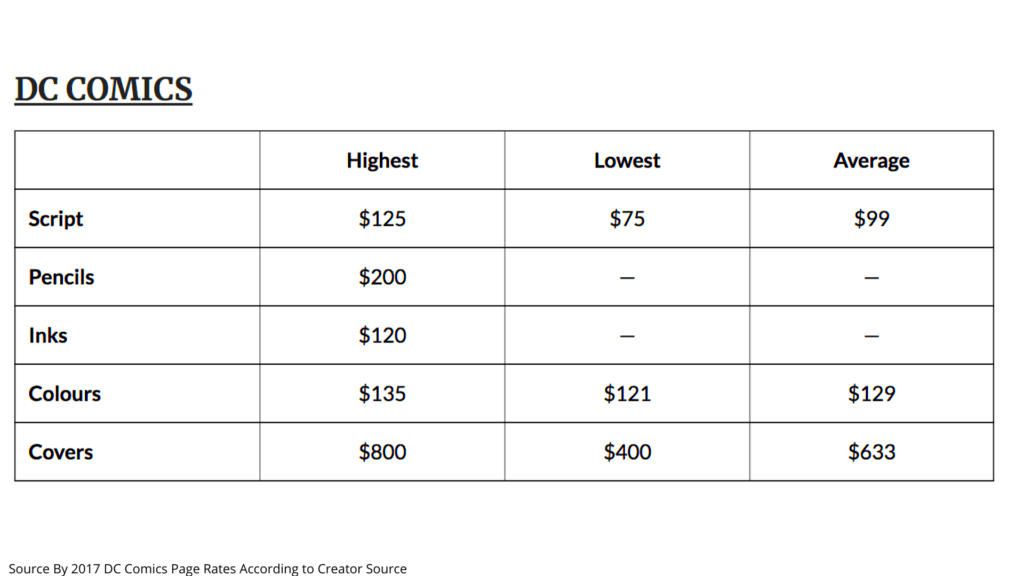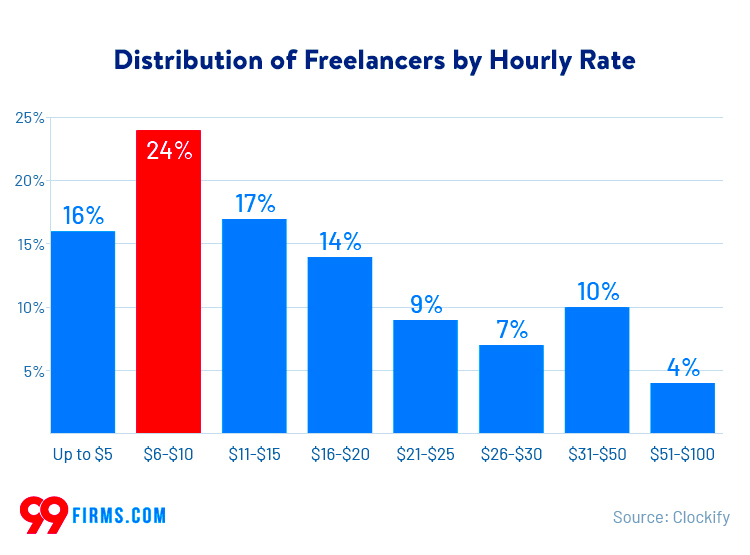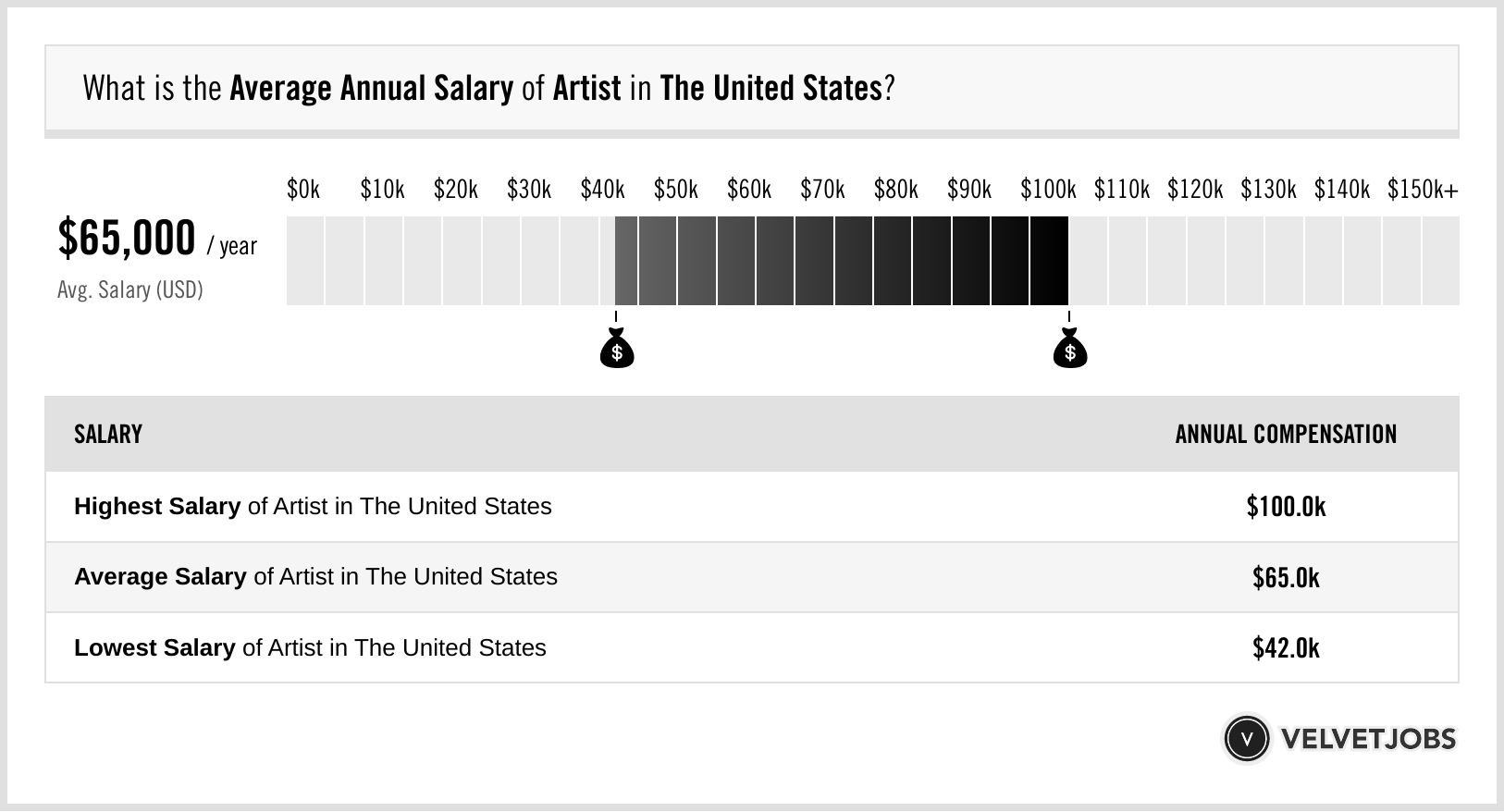Within the diverse and lively world of freelance art, there are infinite chances for people who can’t paint to earn money and display their talents at work. Because of this flexibility, individuals have abandoned their regular jobs in response and now select type of work they want to do and time they want to spend doing it. Artists can reach customers around the globe in a new era of business.
It’s never been easier to find work that suits your taste and level of expertise with platforms such as Fiverr, among others. However, to be successful in this industry, one must have a deep understanding of its trends and requirements. Artists should always be aware of the types of art that are needed by the public, which pricing tactics are most appropriate for them, and how they can sell themselves better.
Factors Influencing Earnings for Freelance Artists

Several reasons can alter the amount of money freelance artist earn, such as:
- Experience Level: More experienced artists often command higher rates.
- Skill Specialization: Niche skills can lead to higher pay due to less competition.
- Market Demand: Trends in the art world can impact earnings significantly.
- Client Base: A well-established clientele can lead to steady income.
- Location: Earnings can vary based on geographic location and cost of living.
By knowing these things artists can better position themselves in the market and increase their earnings.
Also Read This: Why is My Fiverr Account Disabled? Understanding the Reasons and Solutions
Common Income Sources for Freelance Artists

Freelancers who are into creativity are able to draw from diverse sources of income that help them maintain balance financially. Below are some of the popular ones:
- Commissioned Artwork: Creating custom pieces for clients.
- Print Sales: Selling reproductions of original work.
- Merchandising: Designing products like t-shirts, mugs, or posters.
- Teaching and Workshops: Offering classes or tutorials on art techniques.
- Digital Art and Illustrations: Providing digital assets for websites or businesses.
- Licensing Artwork: Allowing companies to use artwork for a fee.
Freelance artists can build a more stable financial base by diversifying their sources of income and exploring various ways of being creative.
Also Read This: How to Be a Freelance Writer on Fiverr
How to Set Competitive Rates

To make correct charges is vital for freelance creators. You want your work worth to be fair while at the same time being marketable. It is a juggling act; however, through appropriate means you might discover a price structuring model that accommodates you.
In order to make the best rates in market, here are some tips:
- Research the Market: Look at what other artists in your niche are charging. Check platforms like Fiverr, Etsy, or even local art fairs to get a sense of pricing.
- Consider Your Experience: If you’re just starting out, you might want to set lower rates initially to attract clients, then gradually increase them as you gain experience.
- Evaluate Your Skills: If you have unique skills or specializations, don’t hesitate to charge more. Clients often pay a premium for specialized talent.
- Factor in Costs: Consider all your expenses, such as materials, tools, and time spent on projects. Your rates should cover these costs and leave you with a profit.
- Offer Packages: Create bundled services at a slight discount. This can encourage clients to choose more than one service, increasing your overall earnings.
In this way, the rate setting process can be worth its weight in gold by attracting people who will pay for what you worth.
Also Read This: How to Get a Prototype Made with Fiverr
Strategies to Increase Your Income
A combination of innovative ideas and tactics can sometimes assist artists get more from their freelance work. To increase income, try these techniques:
- Diversify Your Services: Offer a variety of services to reach different client needs. For example, if you’re a painter, consider offering prints, digital art, or even art classes.
- Market Yourself Effectively: Use social media and a professional website to showcase your work. Engaging with your audience can lead to more commissions and sales.
- Collaborate with Other Artists: Partnering with other creatives can expose you to new audiences and projects. Collaborative work can also lead to unique artistic ventures.
- Attend Art Fairs and Exhibitions: Showcasing your work in public venues can help you reach new clients and network with potential buyers.
- Ask for Referrals: Don’t be shy about asking satisfied clients to refer you to others. Word-of-mouth recommendations can be incredibly powerful.
When you employ these strategies, you raise not only what you earn but also your status and profile in the realm of arts.
Also Read This: PDF Wizardry: Creating a Fillable PDF in Canva Made Easy
Managing Finances as a Freelance Artist
Personal finances management is a challenge to many freelance artists due to the unpredictability in income. Nevertheless, financial stability and security will be your for sure if you plan intelligently and organize yourself.
The following are effective tips for managing your finances:
- Create a Budget: Outline your monthly income and expenses. This helps you understand where your money goes and identify areas to cut costs.
- Set Aside Money for Taxes: Freelancers are responsible for their own taxes. Set aside a portion of your earnings each month to avoid surprises come tax time.
- Track Your Income: Keep a record of all your earnings. Use spreadsheets or finance apps to monitor payments and ensure you’re being paid correctly.
- Invest in Your Tools: Consider setting aside funds to invest in better materials, tools, or software that can improve your work quality and efficiency.
- Plan for Slow Periods: Freelancing can be feast or famine. Build an emergency fund to help you through lean months when work may be slow.
If you use these methods for managing finances, your life will get more stable and thus there’ll be less distraction when focusing on your art.
Also Read This: How to Make an Attractive Gig on Fiverr
Tools and Resources for Freelance Artists
Freelance artists have various types of digital tools that they rely on in order to help them in their work and boost their creativity in the present time. The correctness of your tools is capable of significantly affecting how fast you work and how efficient you are no matter whether you are a digital illustrator or traditional painter.
Further down are some key implements and aids to mull over:
- Graphic Design Software: Programs like Adobe Photoshop, Illustrator, and Procreate are great for digital artists. They offer a wide range of features that can help you create stunning artwork.
- Project Management Tools: Tools like Trello, Asana, or Notion can help you keep track of deadlines, client communications, and your to-do lists, ensuring nothing falls through the cracks.
- Portfolio Websites: Platforms like Behance, ArtStation, and even personal websites can showcase your work effectively, attracting potential clients and buyers.
- Online Marketplaces: Websites like Etsy and Fiverr allow you to sell your art or services directly to customers, providing a platform to reach a wider audience.
- Networking Platforms: Join communities on social media or sites like DeviantArt to connect with other artists, share work, and collaborate.
These instruments and means could be helpful for independent painters to boost their productivity, discover fresh prospects, and strengthen their position in the creative world.
Also Read This: How to Get Free Gigs on Fiverr
Frequently Asked Questions
One may ponder certain concerns as a freelance creator. A few often asked questions are given below to assist in streamlining ideas.
- How do I find clients? Use social media, join art communities, and create a strong portfolio to attract clients.
- What should I include in my portfolio? Showcase your best work, highlight your range of skills, and include projects that demonstrate your versatility.
- How can I price my work? Research the market rates, consider your experience and skills, and factor in your costs to determine a competitive price.
- Do I need a business license? It depends on your location and the nature of your work. Check local regulations to ensure compliance.
- How can I manage inconsistent income? Create a budget, save during busy months, and diversify your income streams to prepare for lean times.
On your freelancing journey, these questions can help you make a wise choice.
Conclusion
Although freelancing as an artist grants great flexibility and fulfillment in terms of creativity, it has risks attached to it. To maintain a successful career in freelance art you have to identify the market, set competitive prices and use appropriate tools and resources. One must be mindful of upgrading one’s own professional advancement, adjusting oneself according to changing market environment as well as managing money wisely. Also networking with others who share similar concerns may lead towards cooperation or other opportunities.
Rewarding in a creative aspect and financially in a monetary sense, freelancing as an artist requires strategic thinking and an appropriate mindset. Thus you should continue with your creativity, maintain contact with others and have no fear of new difficulties that may arise!




